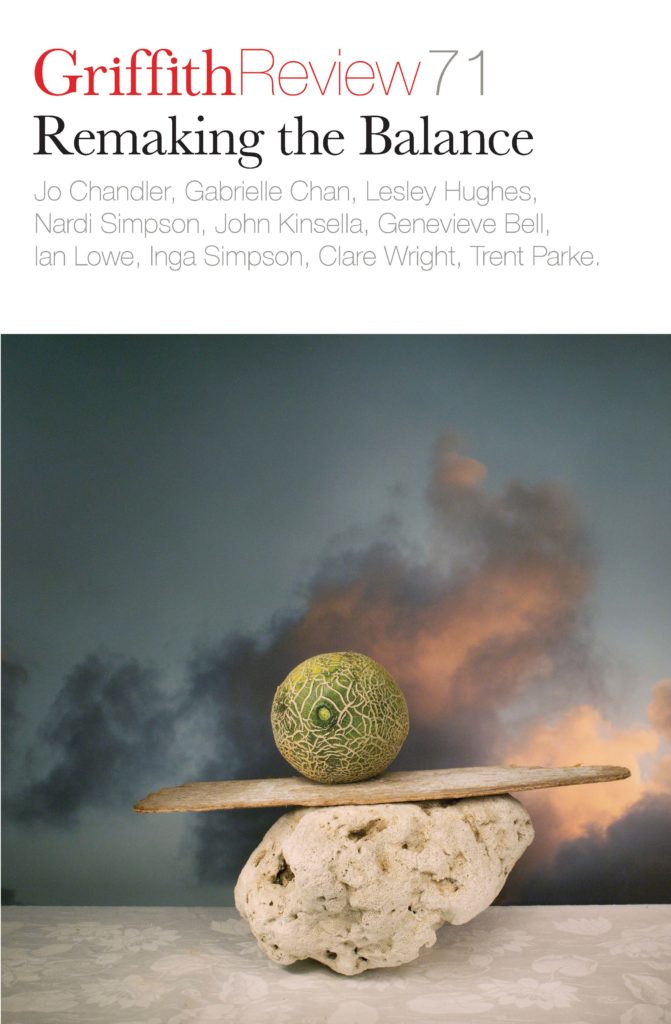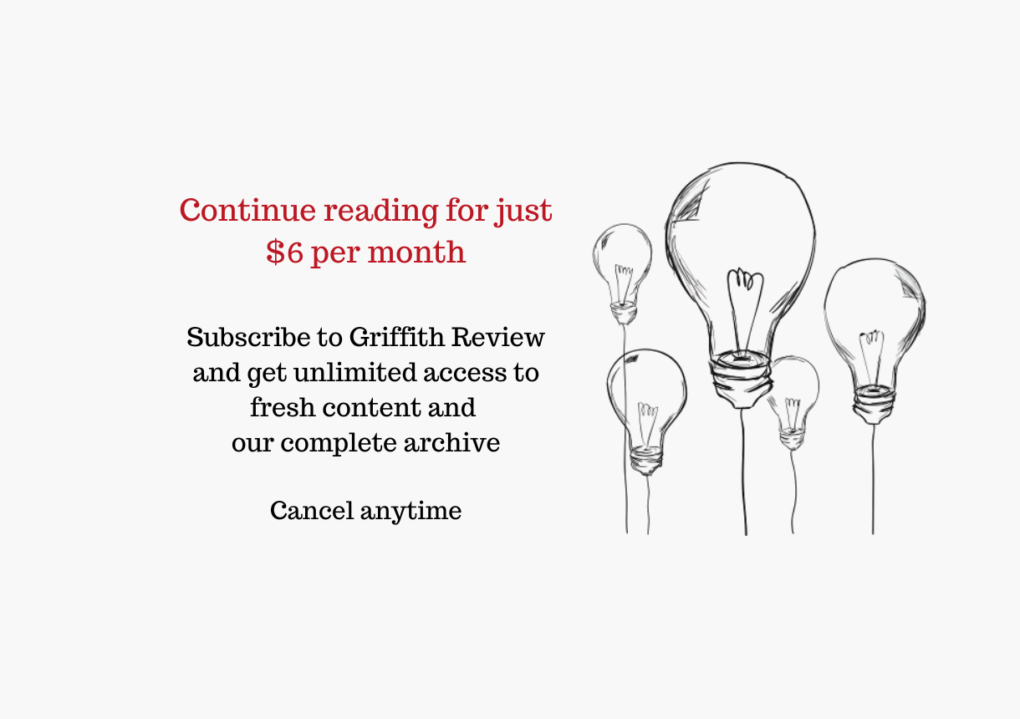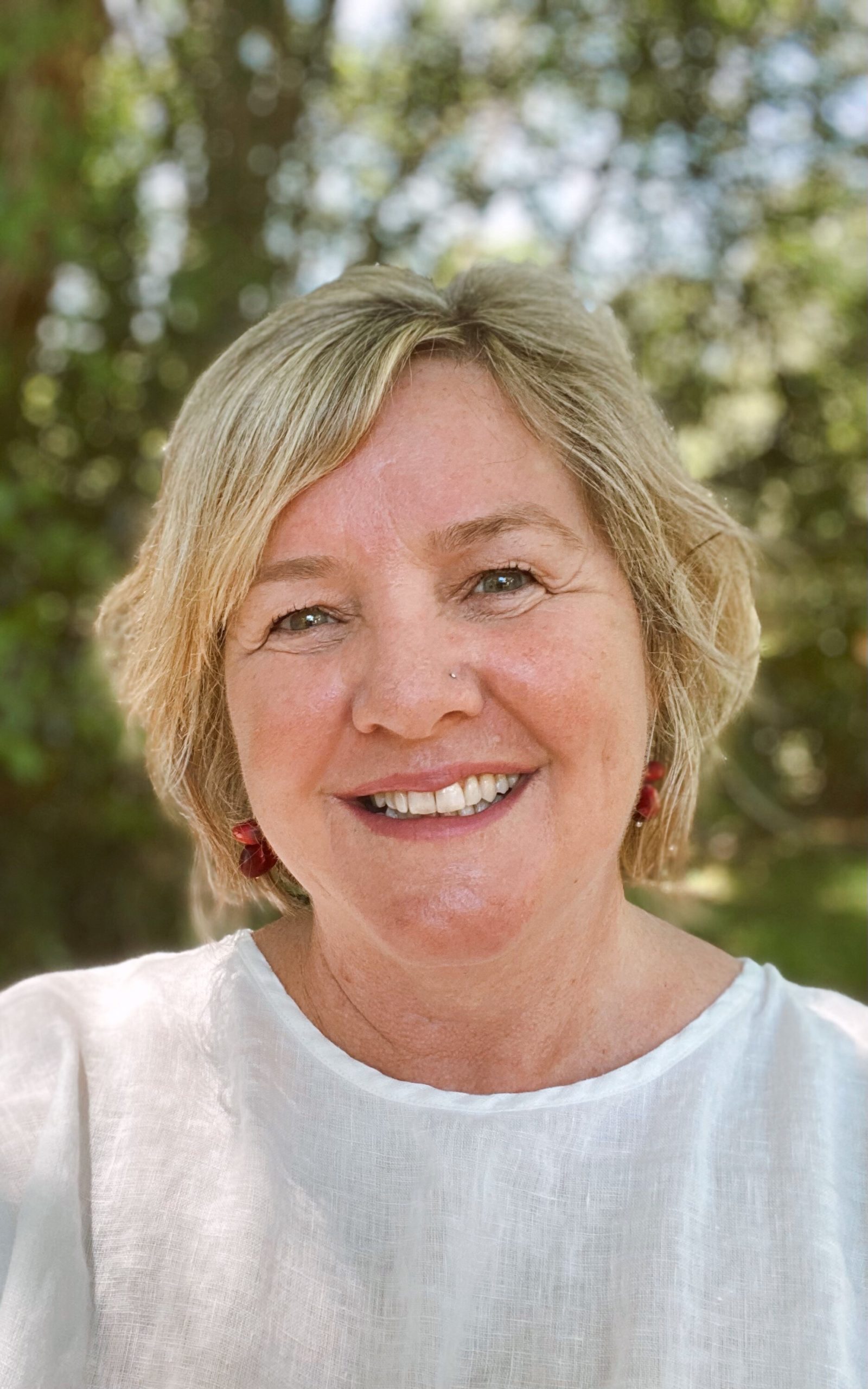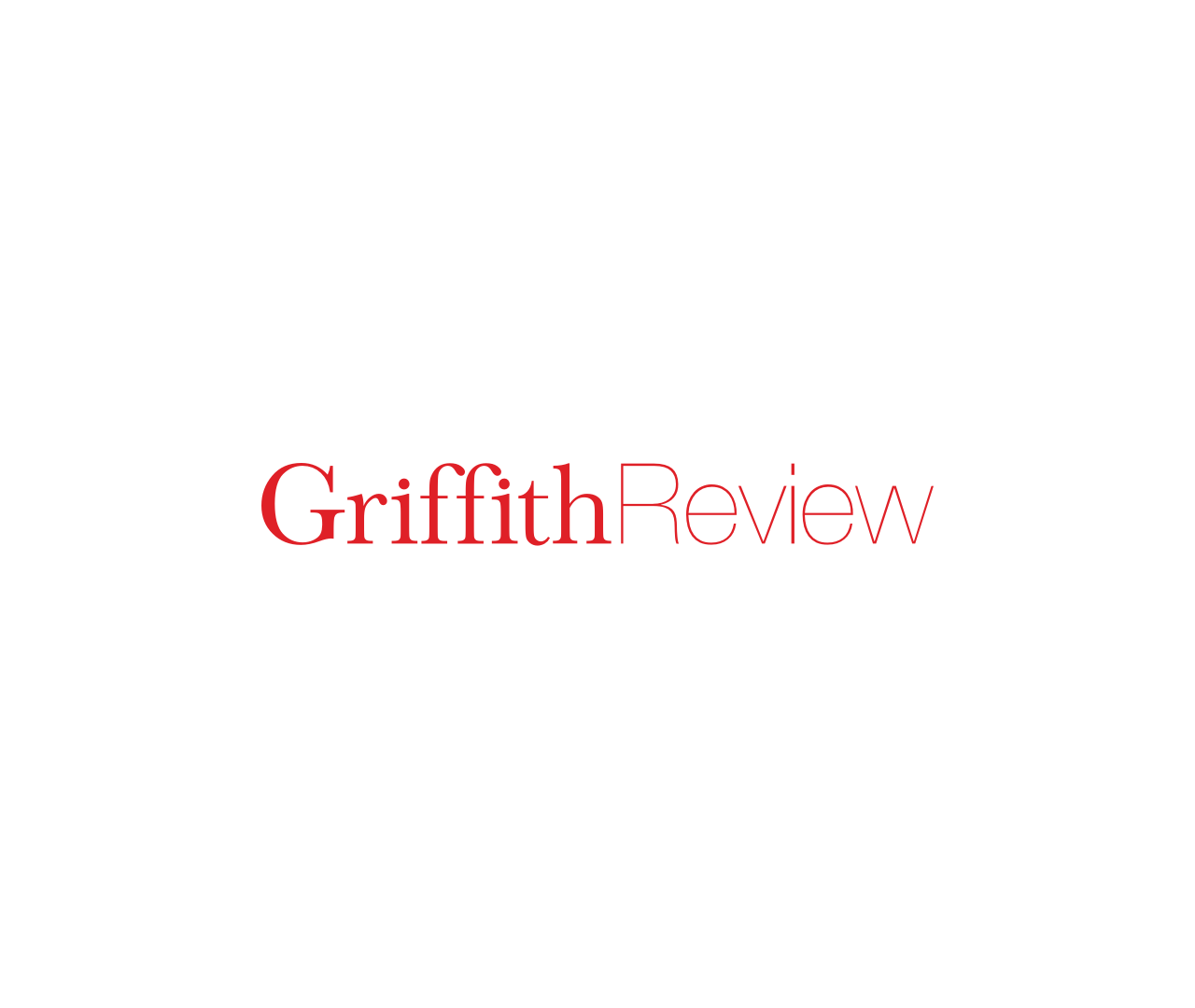Featured in

- Published 20210202
- ISBN: 978-1-922212-56-6
- Extent: 264pp
- Paperback (234 x 153mm), eBook

Already a subscriber? Sign in here
If you are an educator or student wishing to access content for study purposes please contact us at griffithreview@griffith.edu.au
Share article
About the author

Lesley-Anne Houghton
Lesley-Anne Houghton is a Queensland writer, and has just completed her Master of Arts (Writing and Literature) at Deakin University.
More from this edition

Qualifying ode to experience
Poetry‘The world is all that is the case.’ Wittgenstein but not a newsfeed, not really... A person isn’t a noun or an abstract noun. When the termites swarm...

urgent biophilia
Poetrywrist-deep in dirt for something less particular satisfaction more tasty than butter lettuce wilting kale curling towards sun cabbage grubs chew chew chewing cabbage butterflies pupating try a decoy moth mobile the...

The Backstory #3: Returning fire to Australia’s landscapes
MediaI speak to Aboriginal people on the ground about how they are reconnecting with traditional practices that have been used for thousands of years to prevent destructive fires and revitalise the bush landscape.